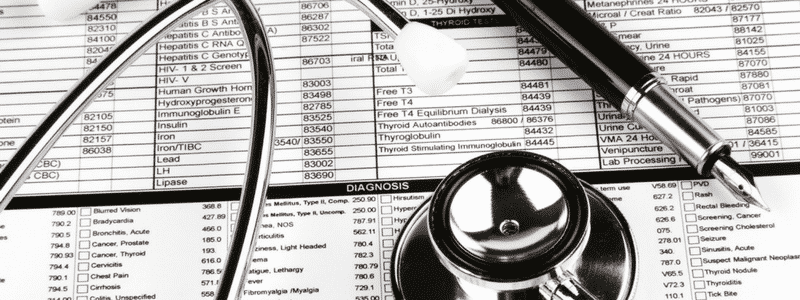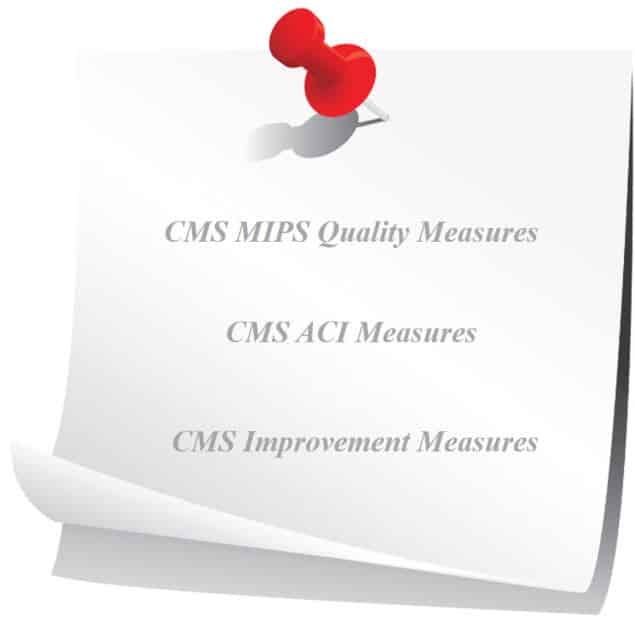The roll out of MACRA (Medicare Access and CHIP Re-authorization Act) is expected to proceed, regardless of changes in the Affordable Care Act.
MACRA is part of a broader push towards value and quality
It combines parts of the Physician Quality Reporting System (PQRS), Value-based Payment Modifier (VBM), and the Medicare Electronic Health Record (EHR) incentive program into one single program called the Merit-based Incentive Payment System, or “MIPS”.
MACRA included, for example, the issue of the Sustainable Growth Rate Formula (SGRF). The SGRF used to generate lots of discussion about how a 20% plus cut in Medicare reimbursement rates for physician services was annually on the table but always was altered at the last minute by Congress.
Among the other many tweaks to parts of related healthcare laws and regulations was the establishment of what is now called the Medicare Quality Payment Program (QPP). This program has two tracks: the Advanced Alternative Payment Model (APM) and the Merit-based Incentive Payment Systems (MIPS).
What is MACRA? MIPS? QPP?
To answer the question, “What is MACRA?” . . . we have to understand more about participation in QPP in 2017. Two possibilities:
- If you are a physician (or PA, NPP or Clinical Nurse Specialist or CRNA) and provide care to more than 100 Medicare patients in a year, and bill Medicare for at least $30,000 or more in Part B Medicare allowable charges, you can participate in MIPS.
- You can join an Advanced APM and provide care through that model.
Participating in MIPS gives you a great deal of flexibility in when to start capturing and submitting quality measures and other performance indicators:
- Submitting minimal data in 2017, such as one quality measure or one improvement activity, allows you to avoid a downward payment adjustment of up to 4% from the Medicare allowable rates in 2018.
- Submitting at least 90 days of 2017 data to Medicare may earn you a positive payment adjustment in 2018.
- Submitting the full year of 2017 data to Medicare may earn you a positive payment adjustment in 2018, depending on the amount and type of data you submit.
Not participating in MIPS or an Advance APM will result in a negative 4% adjustment in your payment rates from Medicare in 2018. If 2017 is your first year as a Medicare participating provider, you are not in the MIPS track for 2017.
What about the 2017 MIPS performance?
- Quality comprises 60% and includes 271 measures, of which a practice must report at least 6. At least one measure must be an outcome measure, or if none are applicable to your specialty, submit one additional high priority measure.
- Advancing Care Information accounts for 25% and replaces the previous meaningful use incentive payments. To qualify, you must be using a 2015 or a combination of 2014 and 2015 certified EHR technology.
- Improvement Activities account for 15%. Improvement activities include a list of 92 activities, of which a practice must attest to completing at least 4 activities for at least 90 days. Certain other exclusions or alternatives apply for Improvement Activities, depending on the size and location of your pract
ice.
A fourth category, Cost, will be calculated in 2017, but not considered in adjusting payments until 2018 for 2019 payments.
Participating in an Advanced Alternative Payment Model in 2017 is another method to participate in the Quality Payment Program, and earn incentive payments. Examples of Advanced APMs include:
- Comprehensive Primary Care Plus,
- Next Generation Accountable Care Organizations
- Shared Savings Programs (Track 1 and Track 2), and
- Various specialty specific programs such as ESRD and Comprehensive Joint Replacement Payment Model.
Providers participating in an Advanced APM who (1) receive at least 25% of their Medicare payments through an Advanced APM, or (2) who see 20% of their Medicare patients through an Advanced APM, are eligible for a 5% incentive payment in 2019, based on participation in 2017.
Final Consideration
The push to quality and value appears to be a bit complex. Even in the context of ever-changing healthcare rules, regulations, and political uncertainties, the era of meaningful financial incentives and disincentives has arrived. Get ready, take the next steps and expect some MACRA challenges for eligible clinicians. Do you need to add staff for MACRA? According to one survey, 38.1% are training current staff, and only 14.4% say their staff is already prepared to handle the transition to value-based care.
If you are a Medicare participating provider, this is the year to decide which Quality Payment Program you are going to participate in and get your practice organized to undertake improvement activities and report your efforts. It will pay off next year!


 ice.
ice.